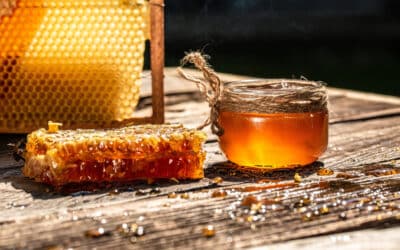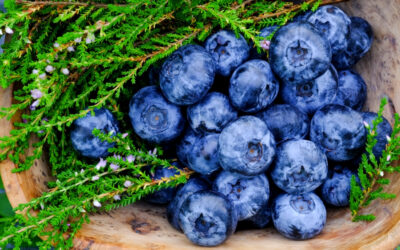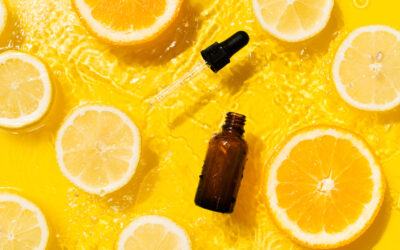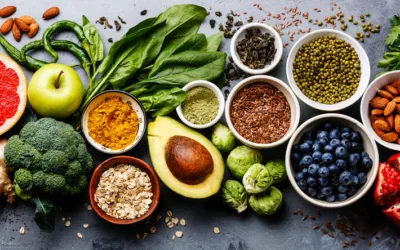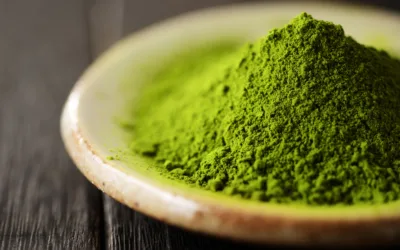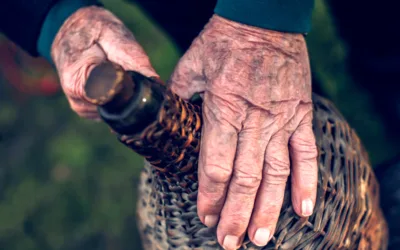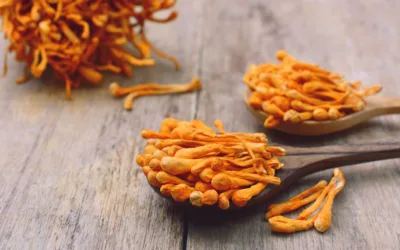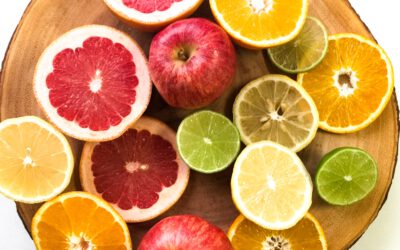The Art of Dehydrating Fruits and Vegetables
Picture this: vibrant fruits and vegetables bursting with flavor and harvested at the peak of their freshness. Now, imagine savoring those same flavors and nutrients months later, long after the growing season has ended. Welcome to the ancient art of dehydrating. It’s a culinary technique that not only extends the shelf life of your favorite produce but also unlocks a world of intense flavors, concentrated nutrients, and endless possibilities in the kitchen.
Gone are the days of watching your precious fruits and vegetables go to waste. Dehydration, a time-tested preservation method and involves gently removing moisture from the food, leaving behind a lightweight, compact, and incredibly delicious product. Whether you’re a health-conscious snacker, a seasoned chef, or a gardening enthusiast, learning the art of dehydrating is a game-changer that will revolutionize the way you approach snacking and food preservation.
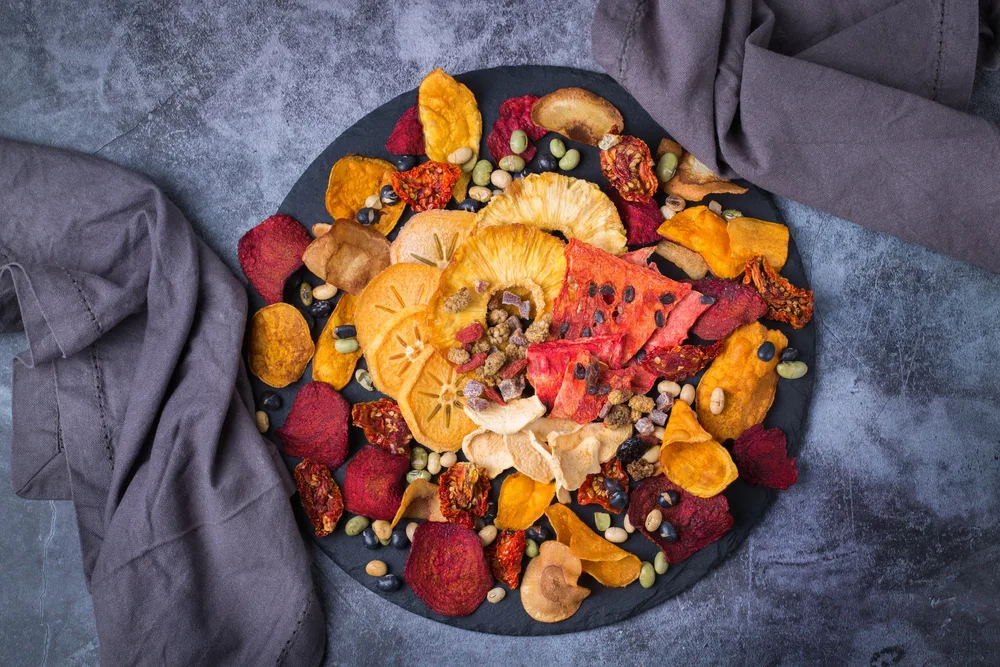
Get ready to embark on a culinary adventure that will preserve the essence of each season, one delicious bite at a time. It’s time to embrace the art of dehydrating and unlock the full potential of your garden.
Getting started with dehydrating is easier than you might think. Armed with some basic equipment like a dehydrator or even just your oven, and armed with the knowledge of these tips for dehydrating fruits and vegetables you’ll be well on your way to becoming a preservation expert.
Tips for Dehydrating Fruits and Vegetables
Directions: Set dehydrator to 140° F. Then follow the guidelines below for fruit or vegetable of choice.
Fruits:
Bananas: Slice 3⁄8 inches thick and soak in a citrus-water solution for about 5 minutes to prevent browning. Dehydrate for 6–12 hours.
Blueberries: Wash, remove stems, and dip in boiling water until skins crack. Dehydrate for 10–18 hours, or until they look like plump raisins.
Grapes (to make raisins): Leave whole, remove stems, and place on dehydrator tray. Dehydrate for 10–36 hours, or until they look like plump raisins.
Melons: Remove skin and seeds. Slice 1⁄2-inch thick. Dehydrate for 8–20 hours.
Oranges: Slice 1⁄4-inch thick (peels are optional), place on dehydrator tray, and dehydrate for 2–12 hours. (The peels can be dried and ground in a blender to make orange zest).
Strawberries: Slice 1⁄2-inch thick. (For sweeter flavor, soak in a blend of stevia/water solution about 15 minutes). Dehydrate for 6–12 hours.
Vegetables:
Kale: Tear the washed and dried leaves into just slightly larger than chip-sized pieces; they will shrink slightly as they dry. Toss the kale in a large bowl with extra-virgin olive oil and salt. Massage the leaves well , making sure all of the leaves are more or less evenly coated with the oil. Spread the leaves on the dehydrator trays in single layers. Dehydrate the kale at 145 F / 63 C for 1 hour. Reduce the heat to 115 F / 46 C and dehydrate for an additional 3 to 4 hours until crispy dry.
Broccoli or cauliflower: Wash, cut, and blanch in the microwave for about 2–3 minutes, or until crisp-tender, and allow to cool. Dehydrate for 6-12 hours.
Mushrooms: Clean with a soft brush (or wash them lightly and pat dry). Immediately slice into 1⁄2-inch slices, or place whole on dehydrator tray. Dehydrate for 4–10 hours.
Onions: Peel and remove tops and root ends. Slice 3/8-inch thick. Dehydrate for 6–12 hours.This can be turned into onion powder by putting in a blender and grinding to a fine powder.
More from Nutrition
Is Honey a Superfood?
Is Honey a Superfood? Honey has long been used as an ingredient in natural healing remedies. In fact, the earliest reference to honey dates back 8,000 years ago to a cave painting in Spain. Honey has long been used in old folk remedies because it contains a wide...
How To Avoid The Blood Sugar Highs and Lows
How To Balance Blood Sugar Over the Holidays According to the CDC, about 33.9% of adults in the U.S. (that’s more than 84 million people) have pre-diabetes. What’s even more shocking is that only one-third of them know they have it. Many of us don’t think about...
What are polyphenols, and how can they affect your health?
The Magical Power of Polyphenols Polyphenols are magical little compounds found largely in fruits, vegetables, tea, coffee, and cocoa. There are over 8000 polyphenols identified in nature and they are what we know of as antioxidants. They are basically the...
The Most Important Vitamin for Your Skin
The Most Important Vitamin for Your SkinThese days there are new cosmetic lines popping up everywhere touting the best new anti-aging technology. With such a flooded market, it is often hard to know which way to turn. Which one works the best? The most expensive one?...
How to Eat for a Long Life
How to Eat for a Long Life If you’ve ever wondered how to eat for longevity, then listen up because I’m going to tell you about what I learned from my education, research, and personal experience eating my way back to health over the past seven years. I was...
Matcha, the Beyonce of Tea
You are either already a matcha aficionado like myself, or else you’ve gotten wind of its magical superpowers. To be honest, its superstar hype should come as no surprise because, quite frankly, matcha can out-twerk any other tea, any day of the week.
Chickpeas, Goats and Wine
Chickpeas, Goats, and Sardinian Cannonau wine When it comes to the Sardinians, genetics, lifestyle and diet come together to create a loooooooong life. Sardinia is in one of the Blue Zones, with the world’s longest living people. There are a few things that factor...
Frankincense and Myrrh
Medicinal Qualities of Frankincense and MyrrhTurns out those three wise men were pretty wise afterall. It wasn’t an uninspired choice to include the two plant oils, frankincense and myrrh, with gold to bring to newborn Jesus. Gold, circa 5 BC, seems reasonable. But...
Adaptogenic Mushrooms
Adaptogenic MushroomsWe all know what a mushroom is, but what makes specific ones adaptogenic? Well, there are certain species that fit a special category of herbs that have medicinal compounds called adaptogens. This means they help your body deal with the negative...
My Top 7 Power Foods
Fermented foods / ProbioticsI have a few friends that are probably rolling their eyes way back in their heads right now because they’ve heard this from me so many times - but guys - this can be a game changer for your health. If you aren’t already on the probiotic...

